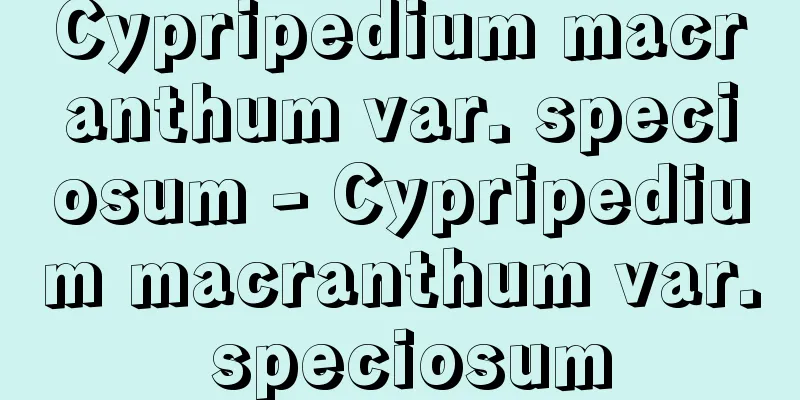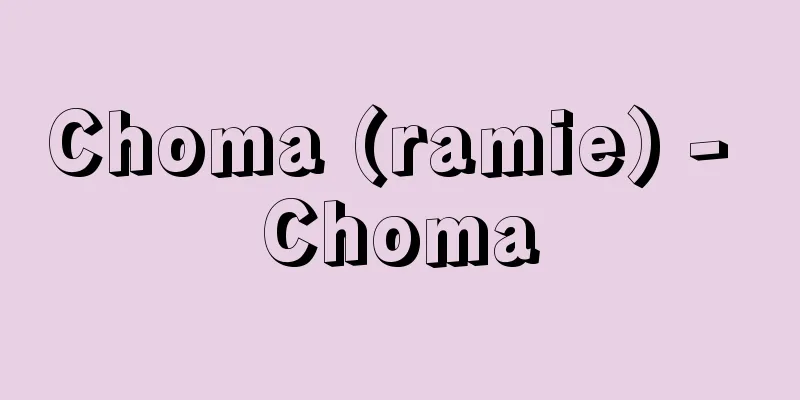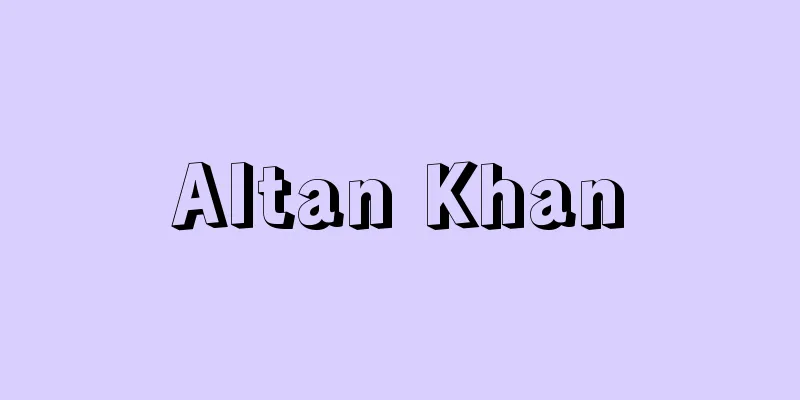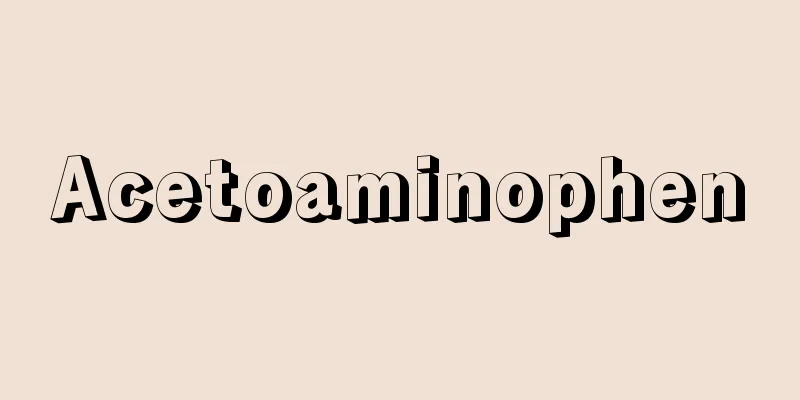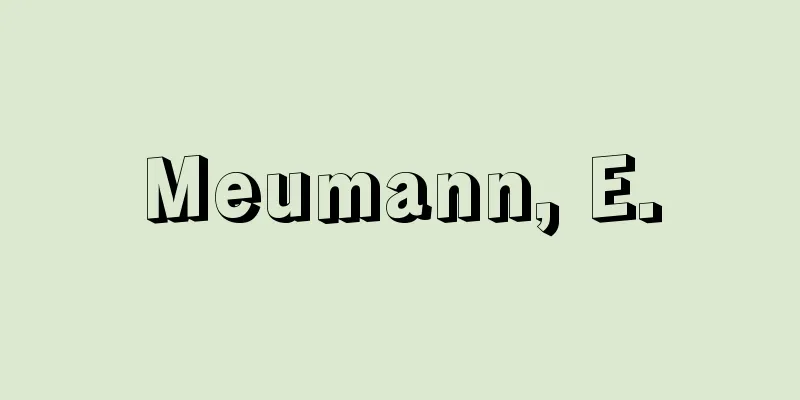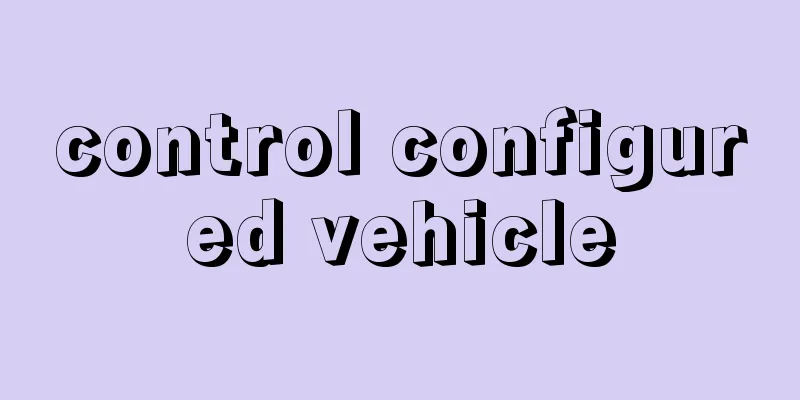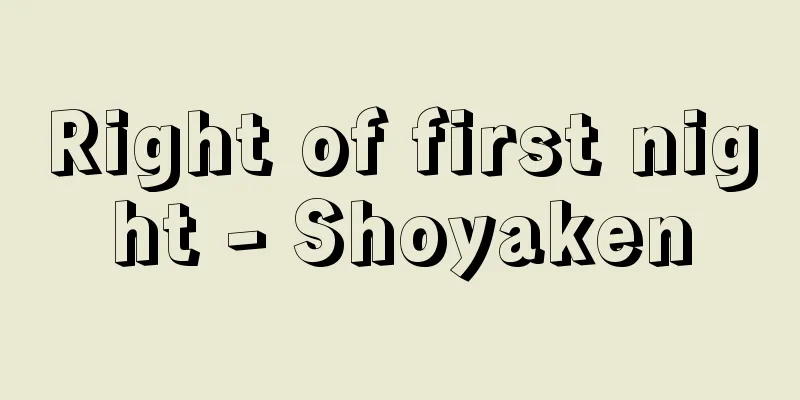Nonharmonic tone (note) English
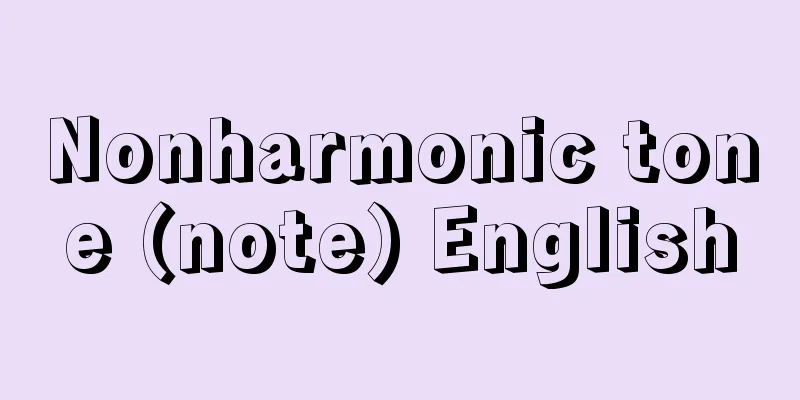
|
A term used in modern Western harmony to refer to the notes that make up a melody but do not correspond directly to harmony. These notes are sometimes called non-harmonic notes because they are not harmonic notes (the notes that make up the chords that create harmony), but they are essential notes that make a melody or harmony interesting, and are always resolved by the next chord. Non-harmonic tones are usually classified into the following six types according to their relationship to the two chords that precede and follow them. However, the terminology varies among scholars and is not necessarily unified. (1) Anticipation: A non-harmonic tone that is a dissonant interval to the previous chord but is a constituent tone of the following chord. (2) Changing Tone: Also called an apposite tone, free hold, hold without reserve, or appogiatura. A non-harmonic tone that is always placed on a strong beat or a beat that is considered to be a strong beat, and resolves to the next harmonic tone by a progression of a second. (3) échappée: A non-harmonic tone that ascends a second from the preceding chord and then resolves by a leap progression to the harmonic tone a third below. (4) Neighboring Tone: Also called an embroidered tone. A tone that is between two of the same chords and is a second above or below one of the harmonic tones on the scale. Sometimes the second above is called an upper auxiliary tone, and the second below is called a lower auxiliary tone. (5) Suspension In a harmonic progression in which one or more notes of the preceding chord are prolonged to create a temporary dissonance before the chord moves on to the next, the long-drawn out note is called a suspension. (6) Passing tone A non-harmonic tone that bridges two harmonic tones diatonic or chromatic, melodically embellishing the progression. [Toshiaki Kurosaka] [Reference] | |©Shogakukan "> Non-harmonic tone types Source: Shogakukan Encyclopedia Nipponica About Encyclopedia Nipponica Information | Legend |
|
旋律を構成する音のうちで和声に即応しない音を総称していう西洋近代和声学の用語。これらは和声音(和声をつくりだす和音の構成音)でないために和声外音といわれることもあるが、旋律や和声を興味深いものにするためには不可欠の音であり、次にくる和音でかならず解決される。 非和声音は、その前後にある二つの和音との関係によって、通常次の6種類に分類される。ただし、その用語法は学者によって異なり、かならずしも統一されているとは限らない。(1)先取音anticipation 二つの和音のうち前の和音には不協和音程であるが、後ろの和音の構成音であるような非和声音。(2)転過音changing tone 倚音(いおん)、自由掛留(けいりゅう)、予備なし掛留、アポジャトゥーラともいう。かならず強拍または強拍とみなされる拍に置かれ、二度進行によって次の和声音に解決する非和声音。(3)逸音échappée(フランス語) 先行する和音から二度上行し、次に三度下の和声音へ跳躍進行して解決するような非和声音。(4)補助音neighboring tone 刺繍(ししゅう)音ともいう。二つの同じ和音の間にあって、その和声音のいずれかの、音階上における上下二度の音。上二度の音を上方補助音、下二度の音を下方補助音と区別してよぶ場合もある。(5)掛留suspension 和音は次に移っているのに、先行和音の一音または数音が延ばされて一時的に不協和音が生じたあとに解決するような和声進行において、その長く引き延ばされた音のことを掛留という。(6)経過音passing tone 二つの和声音の間に全音階的あるいは半音階的な橋を架け、その進行を旋律的に装飾する非和声音。 [黒坂俊昭] [参照項目] | |©Shogakukan"> 非和声音の種類 出典 小学館 日本大百科全書(ニッポニカ)日本大百科全書(ニッポニカ)について 情報 | 凡例 |
Recommend
Autumn larch - Autumn larch
A large perennial plant of the Ranunculaceae fami...
Arita Pottery Market - Arita Pottery Market
(Arita Town, Nishimatsuura District, Saga Prefectu...
Cordemoy, G.de (English spelling) CordemoyGde
…Also known as contingency theory. A theory put f...
Chinese reading - Kanbunkundoku
〘noun〙 Reading Chinese texts in a Japanese context...
Kasahara Waterworks
...They can be broadly divided into those who mov...
Leaf-cut weevil
A general term for insects of the family Attelabi...
Theory of development of a single lineage - Ikkei Hattenron
...There are views on this issue, including those...
Brain-fever bird
...Barbets stay still in one place for a long tim...
Mount Shiomi - Mount Shiomi
A mountain located in the center of the Akaishi M...
Republic of Natal - Natal Kyowakoku (English spelling) Republic of Natal
A country established by the Boers on the Indian O...
Part-timer - Part Timer (English spelling)
Usually, part-timers are those whose daily schedu...
rose-of-Heaven
...The flowers are about 3cm in diameter and redd...
War Criminal - Senpan
〘Noun〙 Abbreviation of "Sensou hanzai (war cr...
《Abou Ressha》
…Influenced by Soseki's Ten Nights of Dreams ...
Battle of Kawanakajima
Storytelling. Also known by titles such as "K...
